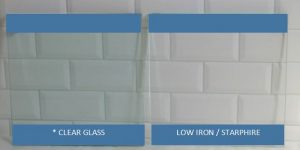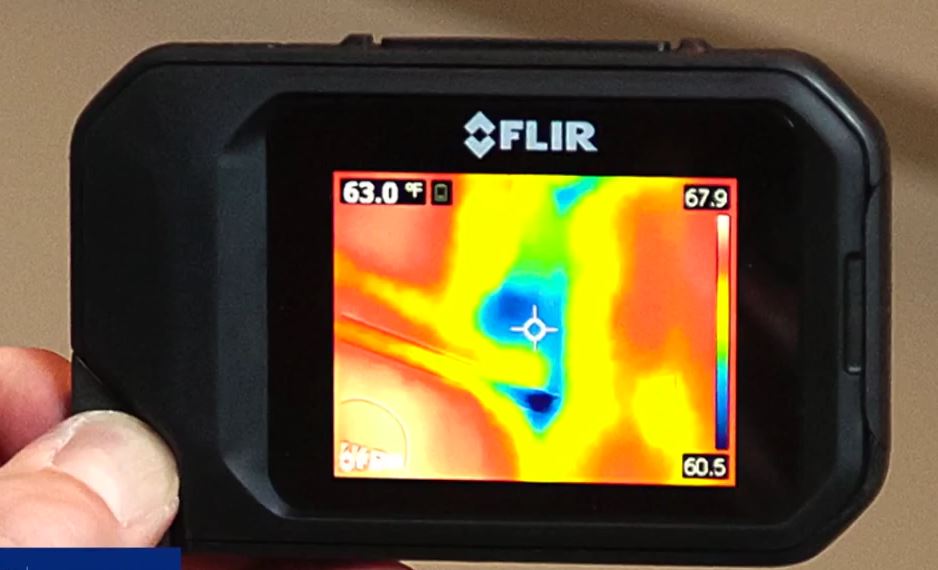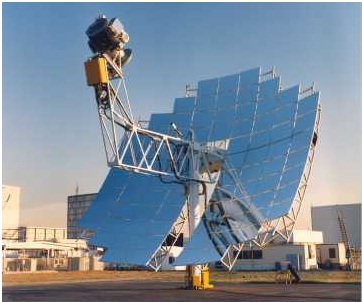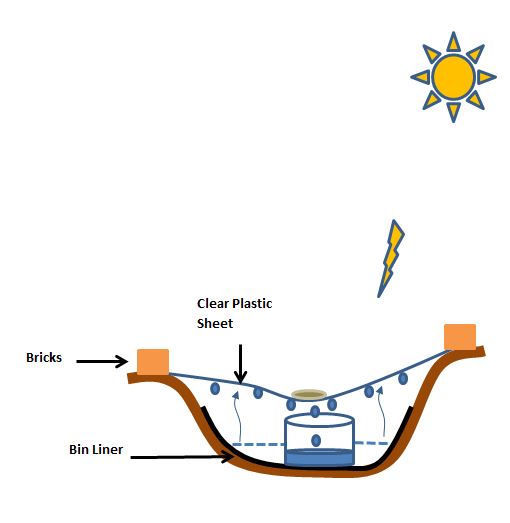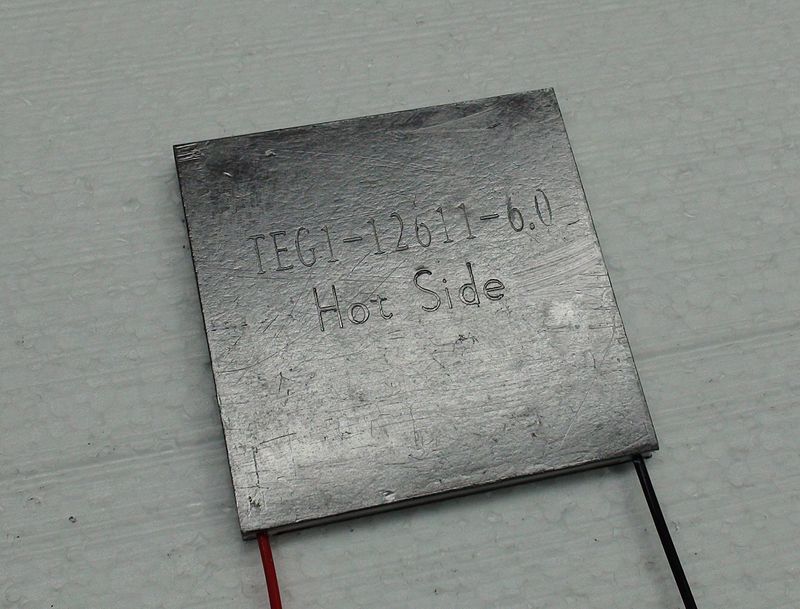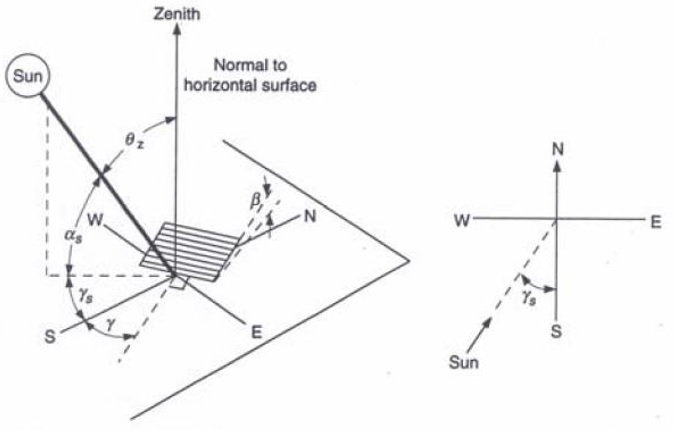In solar energy applications that include both PV and thermal, the objective is the extract energy from every photon that lands on the absorbing surface. However, the layer of silicon on a PV system and the absorber plate both have to be protected from the elements to prevent erosion and corrosion respectively. A transparent cover is normally employed that sees the light through but keeps the remaining weather out. If this transparent cover is poor in allowing maximum portion of the light through it than the overall system efficiency is compromised.
Solar radiation when falls on a surface breaks into three components. Part of it is transmitted, part of it is reflected and part of it is absorbed. This is represented by the following equation:
α+ρ+τ =1
Where,
α is the absorbtance
τ is the transmittance
ρ is the reflectance
For a transparent cover, the value of transmittance must be high. Higher transmittance is directly dependent of the clarity and is inversely proportional to the opacity of the material.
A low priced solution for transparent cover is Perspex sheet. However, Perspex not only has low transmittance to begin with but over time due to breakdown of polymer gets hazy which reduces the transmittance further.Typical transmittance values for glass are 0.8, while that of perspex is around 0.75
Glass cover is quite commonly used in solar energy applications. Although it should be noted there are several varieties of glass that are not appropriate for solar application. Only low iron glass has transmittance value higher than that of ordinary glass.
Transmittance value is sensitive to the angle of incidence of light. Peak transmittance is observed when light falls perpendicularly on the glass surface. For a fixed (non-tracking) PV, the sunlight is only perpendicular to the glass for a few minutes a day. Transmittance also drop with increasing thickness of the cover.
Pilkington’s Opti white is a glass that offers transmittance value above other clear glass in the market. This glass is being heavily used in building materials. From an aesthetic point of view, it offers neutrality of colour due to its clarity . However from the perspective of application in solar industry, it is even more advantageous.
Generally speaking, solar projects last for more than 20 years. Opti white transmittance is 14% higher than that of an ordinary glass. Thus over the course of 20 years a 14% improvement in system efficiency can improve the cost benefit substantially.
Technical Specifications
Pilkington’s Optiwhite Specs are listed below
| Light | Solar Radiant Heat | ||||||
| Transmittance | Reflectance | Direct Transmittance | Reflectance | Absorptance | Total Transmittance | U-value | |
| 2 mm | 0.92 | 0.08 | 0.91 | 0.08 | 0.01 | 0.91 | 5.9 |
As can be noticed that Low Iron Glass can play a crucial role in both PV panels and Solar Water heaters. They can also be used as part of Trombe wall. Optimization of solar gain by solar collectors can be achieved by changing the angles seasonally as explained in this article.
Source:

